A wildflower-filled lot beckons visitors at this year’s Philadelphia Flower Show. The unconventional garden, filled with native plants and long-time residents like Queen Ann’s lace, reflects the design concepts of Kelly D. Norris of Des Moines, IA. He follows an ecological planting approach to design for his residential clients in Des Moines and the upper mid-West. This was the firm’s first display at the Flower Show. I spoke with Kelly Norris at the show.
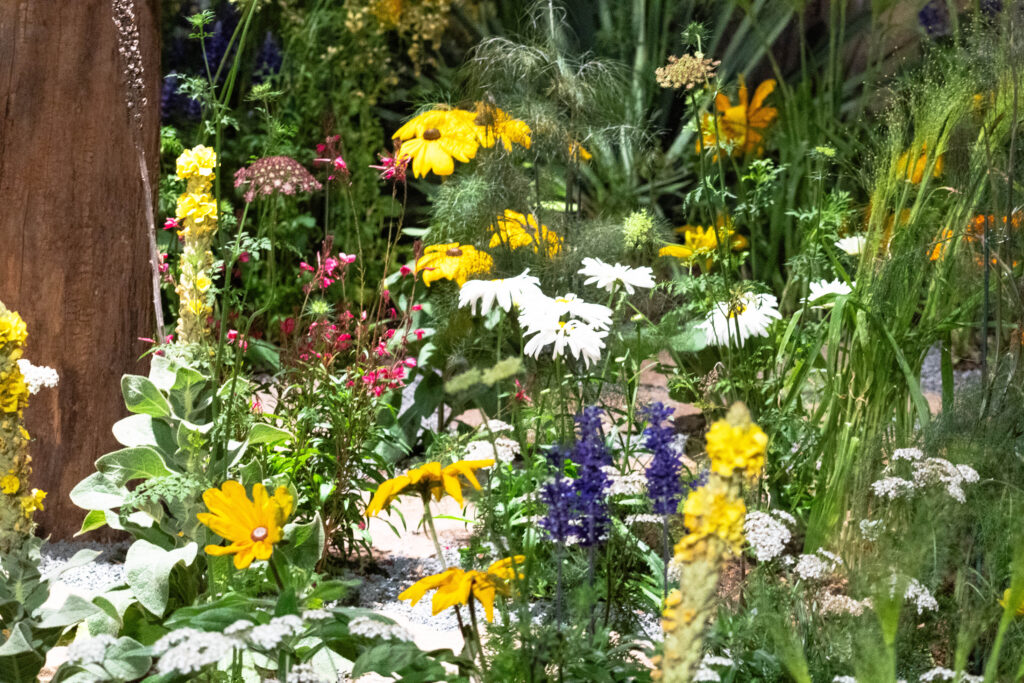
Laura O’Callaghan: Is your garden all natives?
Kelly Norris: It is not, the concept about the exhibit is to create the artifice of urban and abandoned spaces. And, in some ways, to explore and celebrate the conflict of plant origins that occur in a place where disturbance is the principal…
There are species of plants that would be native here in Philadelphia and the Eastern seaboard but also examples of plants that aren’t.
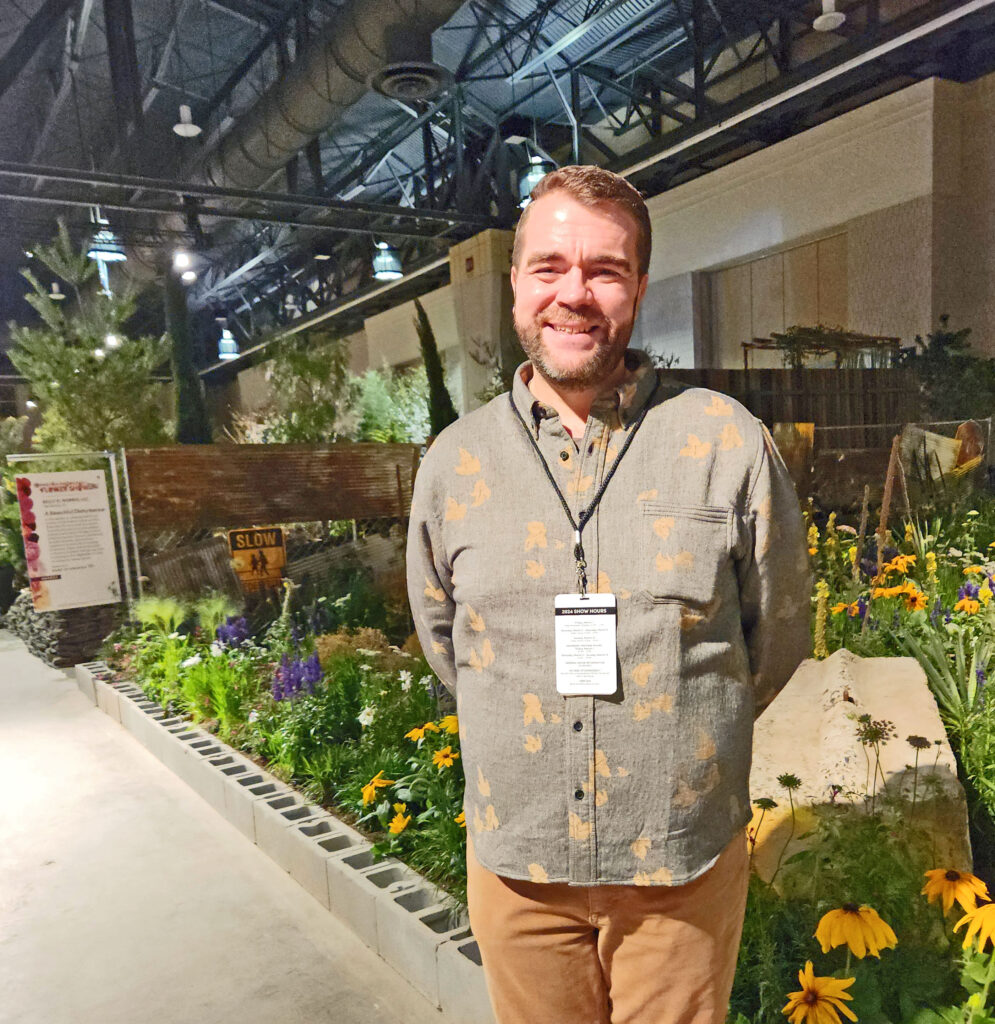
Laura O’Callaghan: Like Queen Ann’s lace?
Kelly Norris: Queen Ann’s lace, common mullein. Both plants have been in North America for 500 years but certainly are not native.
Laura O’Callaghan: What drew you to doing this kind of design?
Kelly Norris: It is part of a conceptual series I’ve being working on for a couple of years that I call City Gardens. Its exploring ways in which we can activate abandoned vacant space in the urban environment and in so doing take stock of the ecology of its reality. It is an ecology that is defined by human activities so it is disturbed. It’s often times ephemeral. Places aren’t always abandoned before they get redeveloped or torn up or something happens. What is that community? …
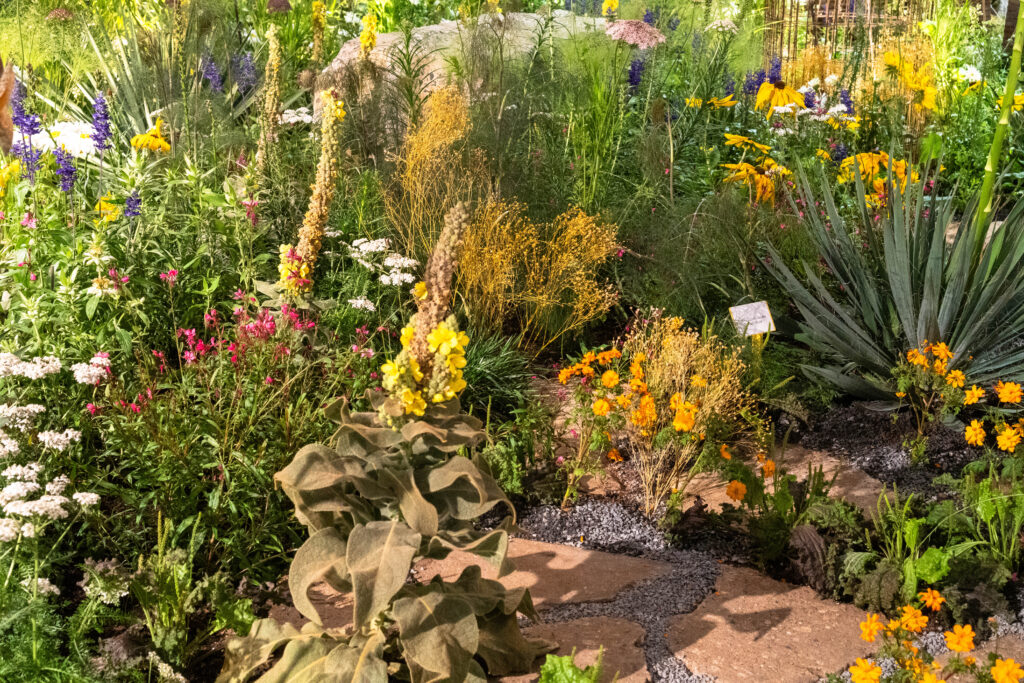
What is Interesting, on our first outing at the flower show, is to suggest to people– and confront them–with plants that they may be familiar with first and foremost as weeds, and use that as a cue to bring people into the environment and the space to slow them down and [consider] what it would be like if we let the plants take the lead a little bit ahead of us and we came along with a new and different kind of gardening to follow.
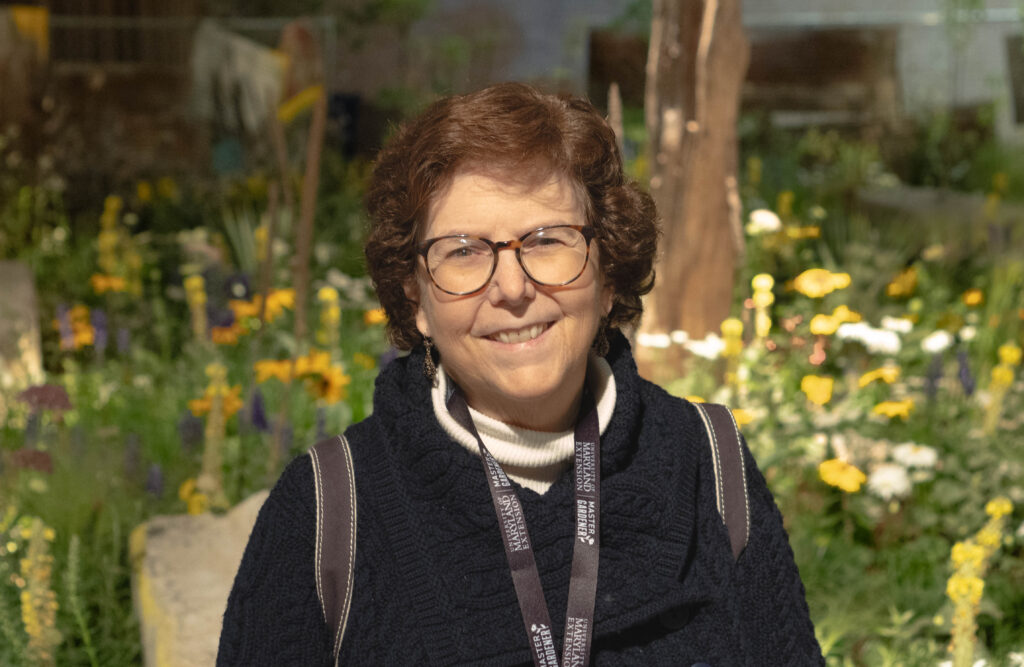
Laura O’Callaghan: Do you see this design work as having a role for pollinators?
Kelly Norris: What we know from research is that abandoned disturbed places can be quite prosperous for biodiversity. Many species of bees and wasps need hard surfaces…
We’re embracing the full properties of the environment as we find it…
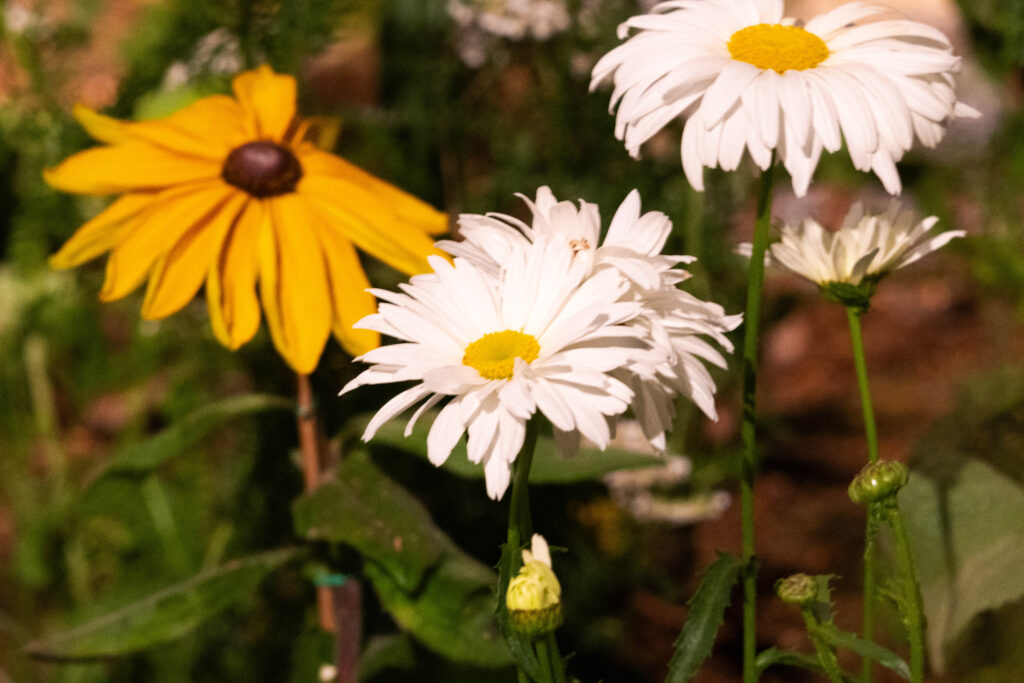
Laura O’Callaghan: What do you see as your next adventure with plants?
Kelly Norris: We run an ecological planting design [firm]. We are working on some great residential projects in Des Moines and… the upper mid-west.
We are always looking for projects. We hope this will be a calling card for work we might do in the future.
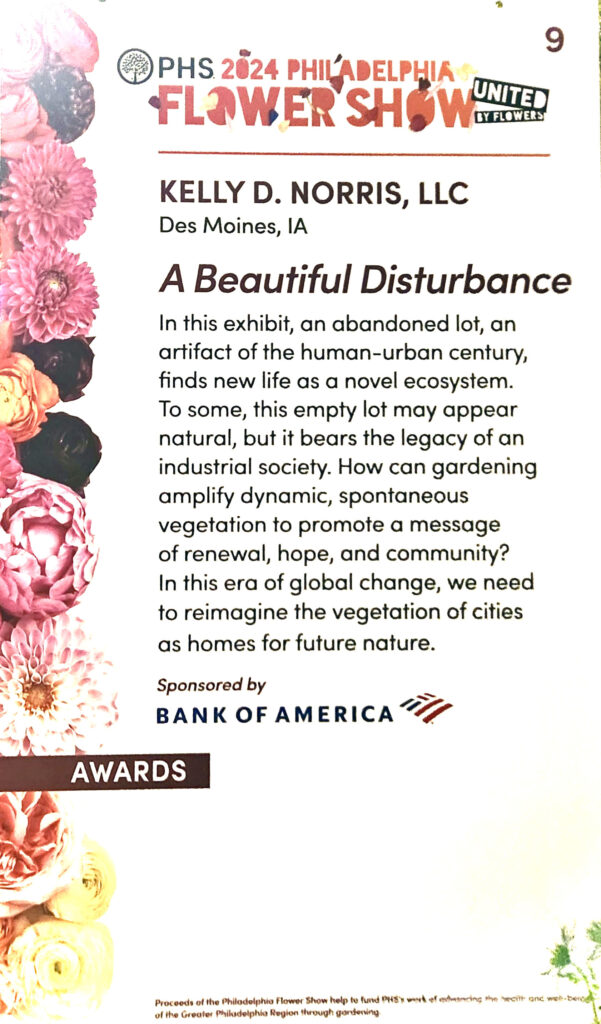
Laura O’Callaghan: Thank you very much for talking with me.
Kelly Norris: You’re welcome.
